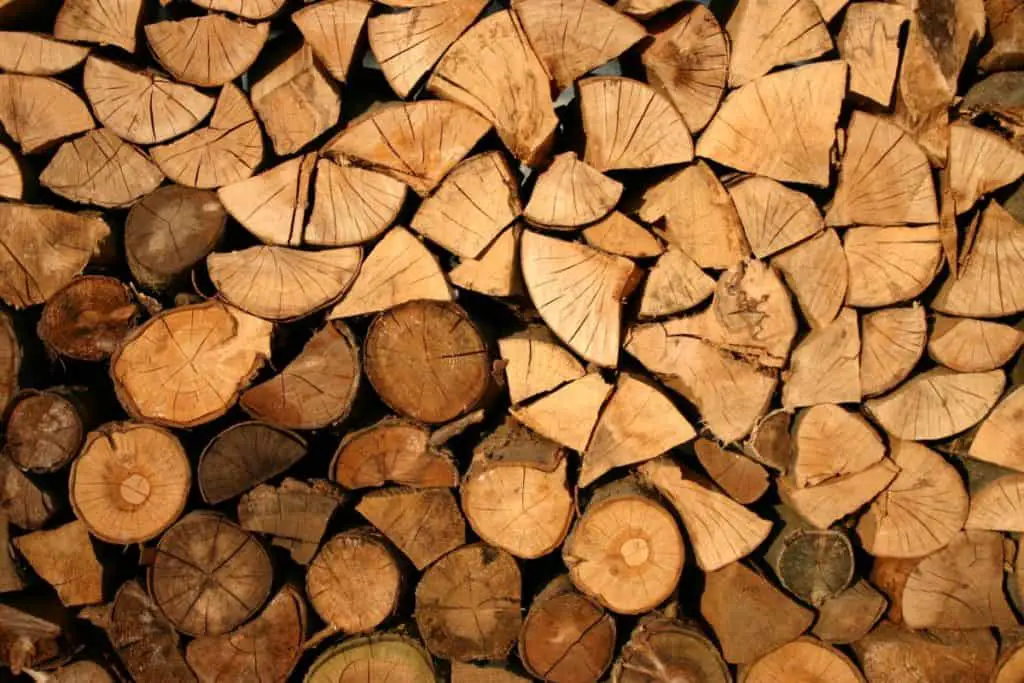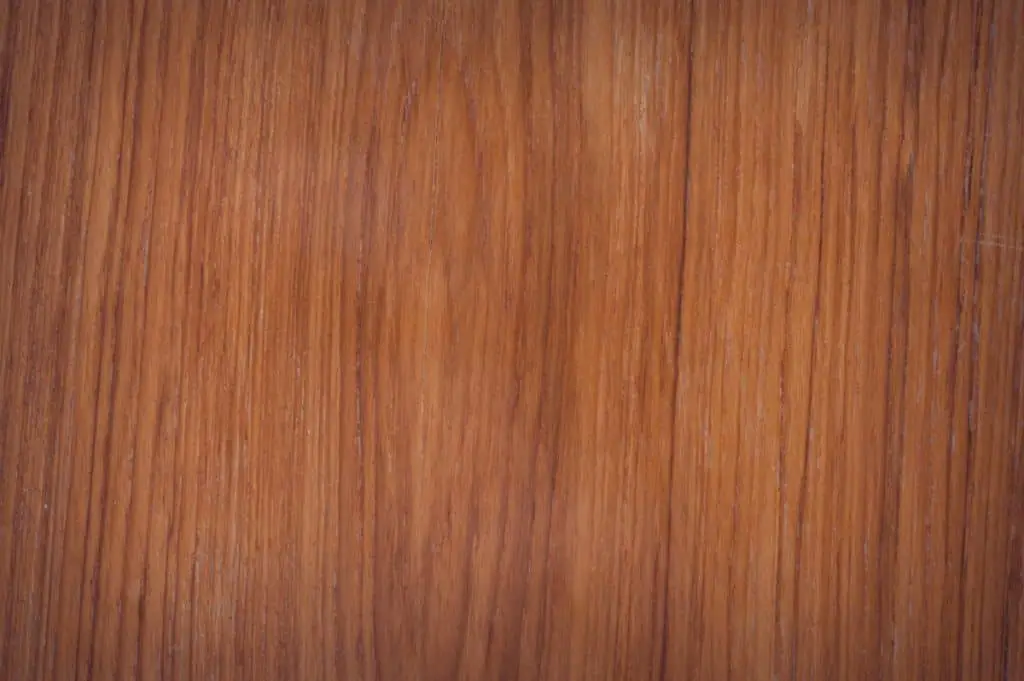
If you want to find out if wood can be eaten by humans then you’ve come to the right article.
As, in this article, I’ll be answering this question for you, and also after you’ve read the answer then I’ll cover the answers to a few more closely related questions as well.
I hope you enjoy the shared information.
Can you eat wood?
Wood is primarily composed of cellulose.
Up to 50% of dry wood is accounted for by its cellulose content, and an additional 25% to 35% is accounted for by another carbohydrate, hemicellulose.
Humans are unable to digest cellulose, so we derive no nutritional benefit from eating it.
Moreover, attempting to eat wood or lumber can cause damage to the mouth, esophagus, stomach, and intestines.
Not only can it cause cuts, tears, and slivers, but it can also become lodged, resulting in choking or intestinal blockage.
The only wood from trees that humans can digest is the heart of palm trees.
This is considered a vegetable and is typically sold as a canned good packed with either water or brine.
Can you eat wood chips?
While you can eat wood chips, there is no benefit in doing so and it could cause significant damage.
Wood chips cannot be digested and hold no nutritional value since they are mostly composed of cellulose.
While cellulose is not a toxic substance, the human body cannot break it down into usable energy.
Cellulose pulp will pass through the GI tract undigested.
However, it would be difficult, if not impossible, to chew a wood chip enough to turn it into a pulp.
Attempting to swallow a non-pulverized wood chip could result in lacerations to the mouth, esophagus, or stomach, and as the body tries to pass it, it could become lodged in the intestines.
Can you eat wood to survive?
Wood does not constitute a viable source of nutrition in a survival situation.
While it contains carbohydrates in the form of cellulose and hemicellulose, these starches cannot be digested and harnessed as caloric energy.
Any nutritional value would be insignificant and would come entirely from the trace minerals in the wood.
Attempting to eat wood when you are starving could make your situation worse.
Wood fragments might contain bacteria or parasites.
Any sharp edges could cut or tear the tissues in your mouth, throat, stomach, or intestines.
Such lacerations or ulcers could easily become infected.
Can you eat wood flour?
Pulverized and ground wood flour is edible, but it provides no nutritional value.
The main components of wood are two types of carbohydrates that the human body is unable to digest: cellulose and hemicellulose.
If you consumed a small amount of wood flour, it would simply pass through your GI tract.
Larger amounts could result in intestinal blockage.

Can you eat wood shavings?
While you can eat wood shavings, doing so is not recommended.
Your body is unable to digest cellulose, which is the main component of wood, so eating it provides no nutritional value or other health benefits.
Because they can’t be digested, wood shavings can become compacted and result in intestinal blockage.
What type of wood can you eat?
The only type of wood that humans can digest is the soft inner portion of an immature palm tree.
Known as the heart of palm, this is a vegetable that is high in carbohydrates, fiber, and various minerals, such as iron, zinc, and copper.
It is also a good source of vitamins C, B2, and B6.
Hearts of palm are sold commercially as canned goods.
When canned, the hearts of palms have high sodium content.
Can you make wood edible?
Although wood can be mechanically processed to make it safe to swallow (at least in small amounts) it cannot be made nutritional.
Wood pulp is made by grinding wood and mixing it with water and other chemicals to separate the cellulose fibers.
Although it can be consumed, the cellulose remains indigestible.
Is there any nutrition in wood?
The only trees that have edible wood with nutritional value are certain varieties of palm trees.
The soft inner portion of an immature palm can be harvested and eaten.
The “hearts of palm,” as they are known, contain high levels of digestible carbohydrates and dietary fiber, and they are rich in vitamins C, B2, and B6.
They also contain numerous beneficial minerals, such as iron, zinc, potassium, and copper.
Is there vitamin C in wood?
Wood from trees does not typically contain vitamin C.
The exception is the hearts of palm trees, which are the only edible and nutritious variety of wood.
Hearts of palm are sold as a canned good, and a serving contains approximately 2% of the daily recommended value of vitamin C.

Is it safe to eat wood?
The only wood that can be safely consumed is named the hearts of palm trees.
Unlike other wood, the hearts of palm are digestible and thus provide nutritional value.
Eating any other kind of wood runs the risk of complications and provides no health benefits.
Common complications that arise from attempting to eat wood include cuts or tears to the tissue in your mouth, throat, stomach, or lower GI tract, as well as obstructed bowels.
Is eating wood bad for you?
Eating wood isn’t necessarily bad for you, but it also isn’t good for you and it poses certain risks.
Humans cannot digest cellulose, which is the primary component of wood, so we derive no nutritional benefit from eating it.
Moreover, attempting to consume it can cause damage to the mouth, esophagus, stomach, and intestines.
While eating wood probably wouldn’t kill you, it will not make you healthier and you will derive no benefit from doing so.
The hearts of immature palm trees are an exception.
They are edible and nutritious.
Can eating wood be lethal?
Eating large amounts of wood or consuming a piece of wood that is capable of causing significant tissue damage can be lethal.
If you attempt to eat a stick or wood chip, it can cause lacerations or punctures that can severely damage your GI tract.
Any cuts or ulcers caused by wood can result in internal bleeding or infections that can be life-threatening.
Even if you consume a large amount of wood pulp, the cellulose can cause obstructions which can become lethal if left unaddressed.
What happens if you eat wood?
Consuming wood can result in physical damage to your bodily organs, infections, and GI complications.
Treated wood contains added toxic chemicals that can result in poisoning.
What happens if you eat wood dust?
If you ate wood dust and avoided breathing it in while doing so, it would probably not result in any significant health problems.
The dust is mostly cellulose which cannot be digested and simply passes through the GI tract.
However, breathing in wood dust can be very harmful to your lungs.

Is it possible to digest wood?
Wood is mostly cellulose, which is a carbohydrate that human beings are unable to digest.
Even when highly processed and consumed in the form of wood pulp, cellulose can’t be broken down and utilized, so it has no nutritional value.
Is wanting to eat wood a disorder?
When a person compulsively chews or eats wood or even just desires to do so, they are exhibiting an eating disorder known as pica.
Pica is a broad disorder that is characterized as the desire to eat any non-food item.
In addition to wood, people with pica are known to want to consume dirt, sand, and ice.
However, most people with pica only crave a specific item.
When someone has an urge to eat wood, they are said to have lignophagia.
What does “eat wood” mean?
The idiom, “eat wood”, refers to running into a tree while skiing.
But it can also be used in a sentence if someone, for example, is going to eat wood.

